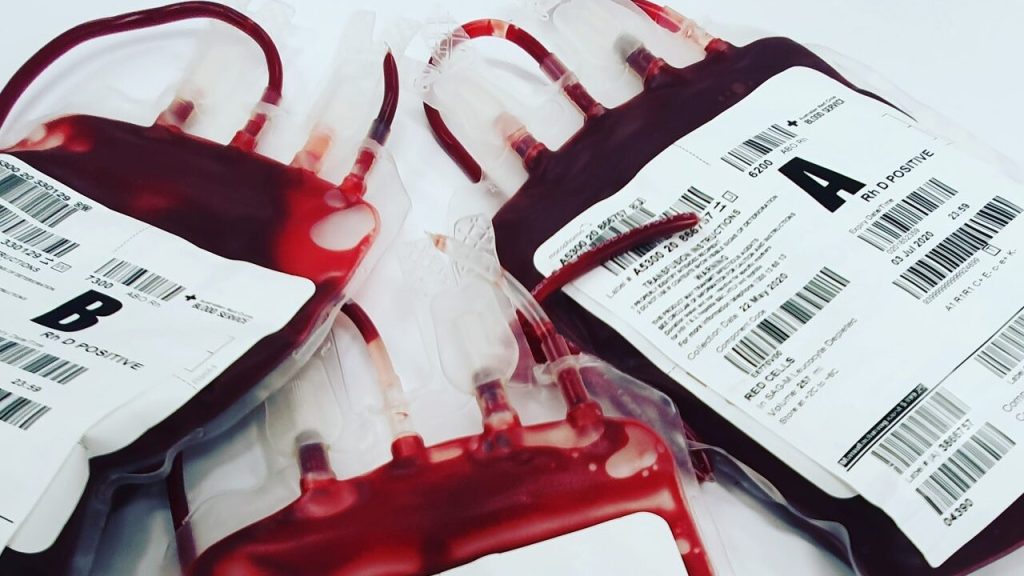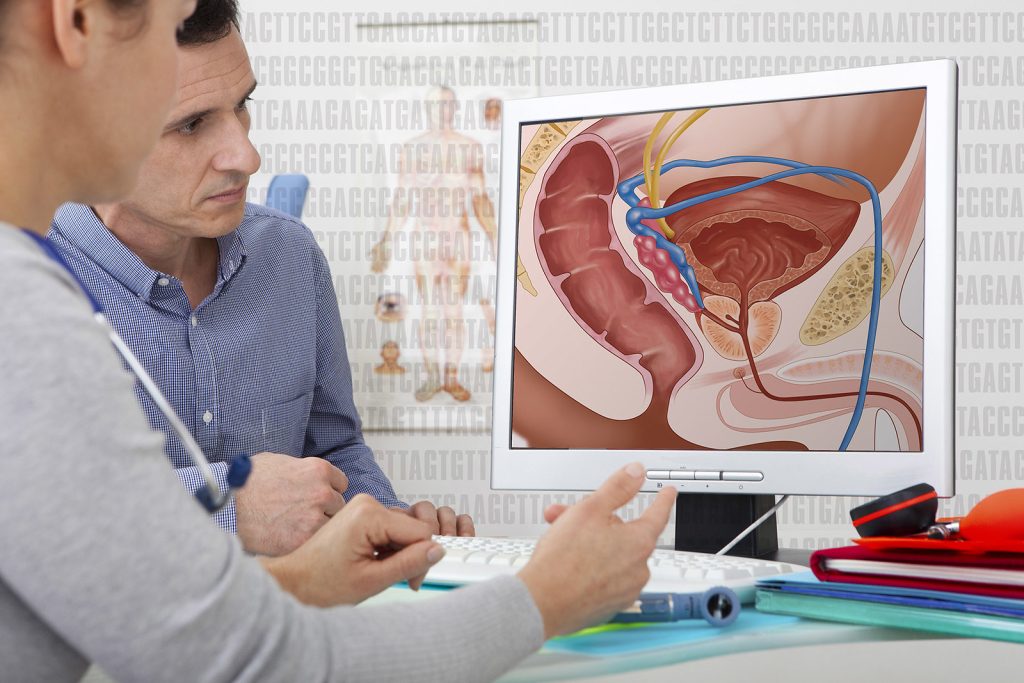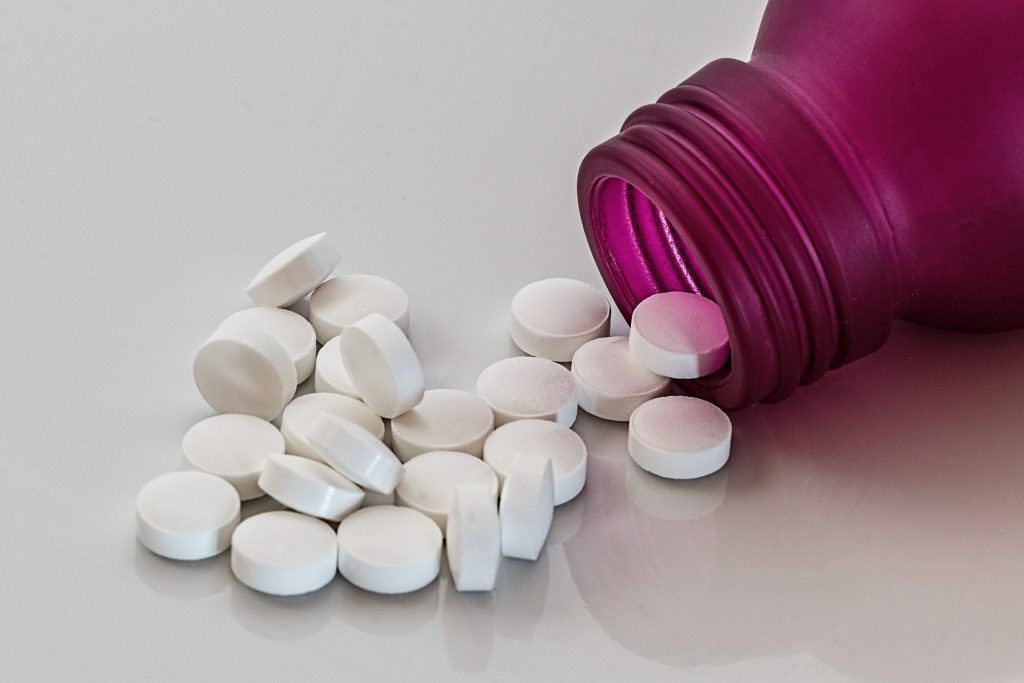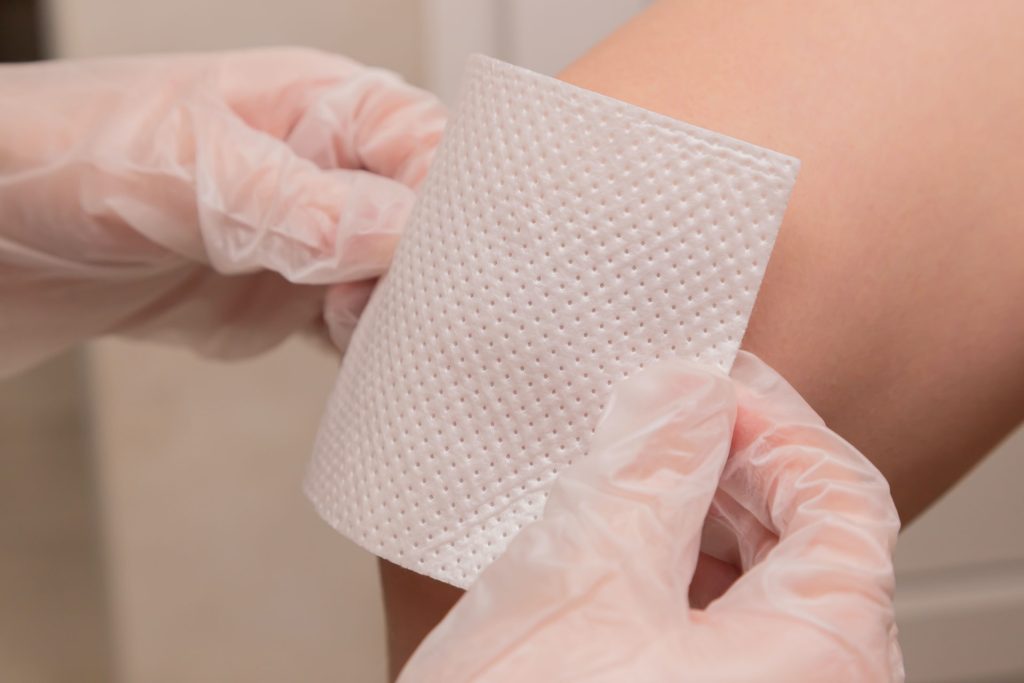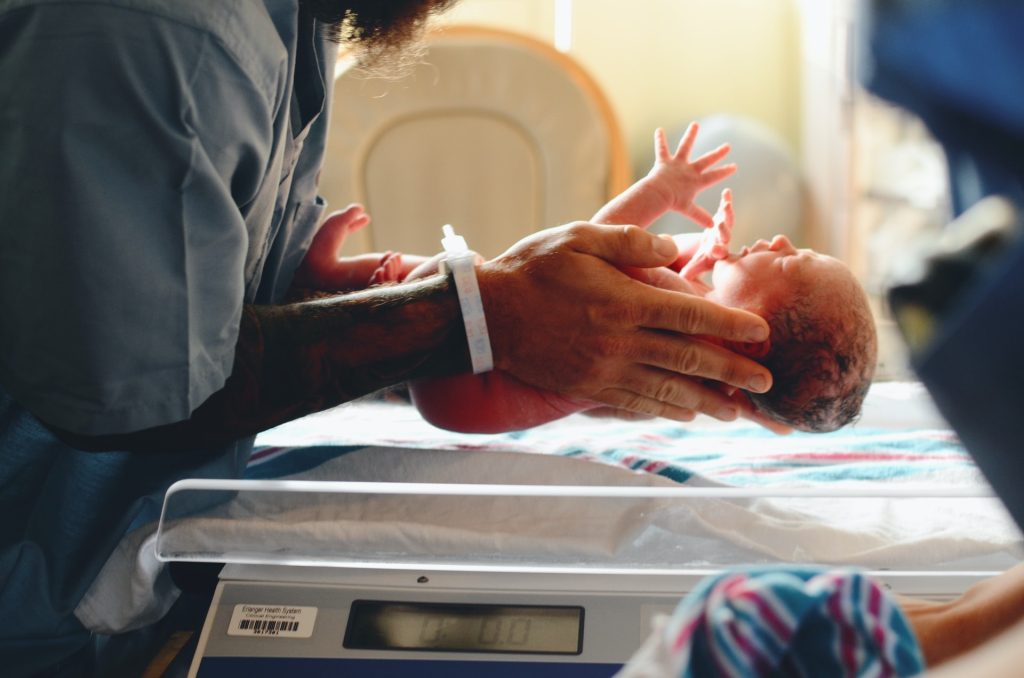Probing why Vaccine Responses Vary among Individuals
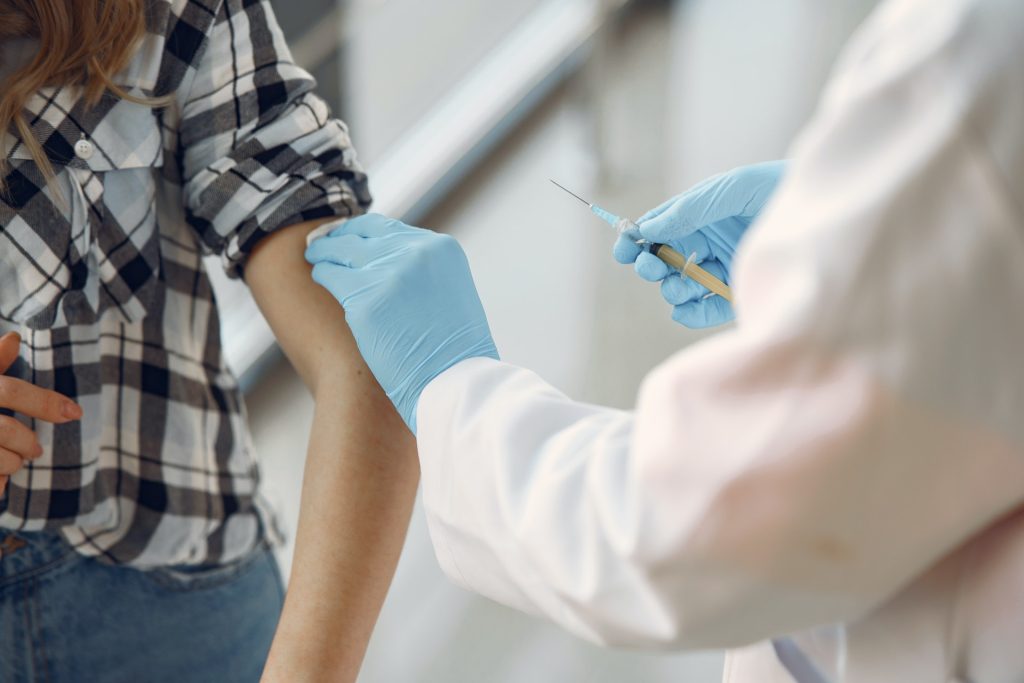
Many factors dictate whether a vaccine provokes an immune response, including specific biomarkers within a person’s immune system, but until now there has been no evidence showing whether these factors were universal across a wide range of vaccines.
New findings from a meta-analysis published in Nature Immunology examine the biological mechanisms responsible for why some people’s immune systems respond differently to vaccinations, which could have global implications for the development and administration of vaccines.
As part of a series of studies for The Human Immunology Project Consortium (HIPC), a network of national research institutions studying the range of responses to different infections and vaccinations, Emory researchers analysed the molecular characteristics of 820 healthy young adults who were immunised with 13 different vaccines to identify specific biomarkers that generate antibody response to vaccines.
The participants were separated into three endotypes, or groups with a common gene expression, based on the level of inflammatory response prior to vaccination – a high inflammatory group, a low inflammatory group, and a mid-inflammatory group. After studying the immunological changes that occurred in participants following vaccination, researchers found the group that had the highest levels of inflammation prior to vaccine had the strongest antibody response.
“We were surprised because inflammation is usually depicted as something that is bad,” says Slim Fourati, PhD, bioinformatic research associate at Emory University and first author on the paper. “These data indicate that some types of inflammation can actually foster a stronger response from a vaccine.”
Fourati, Dr Rafick-Pierre Sekaly, professor and senior author of the paper, and the HIPC team identified specific biomarkers among this group and cellular features that characterised the pre-vaccination inflammatory signature, information that can be used to predict how well an individual will respond to a vaccine.
“With the knowledge we now have about what characteristics of the immune system enable a more robust response, vaccines can be tailored to induce this response and maximize their effectiveness,” says Fourati. “But we still have more questions to answer.”
More research is needed to determine the cause of this inflammation in otherwise healthy adults. Additionally, Fourati suggests future studies should look at how these biomarkers facilitate vaccine protection in older age groups and among populations who are immunocompromised.
These findings can serve to improve vaccine response across all individuals. Better understanding of how various pre-vaccine immune states impact antibody responses opens the possibility of altering these states in more vulnerable individuals. For example, scientists may give patients predicted to have a weaker immune response an adjuvant with the vaccine to trigger the inflammatory genes associated with greater protection.
This work will help enable improved, more efficient clinical trials for the development of new vaccines.
Source: Emory Health Sciences



